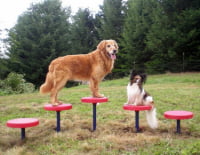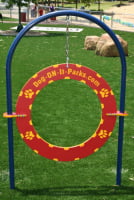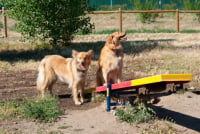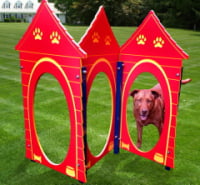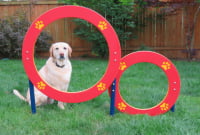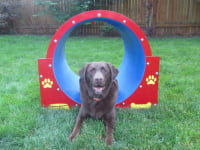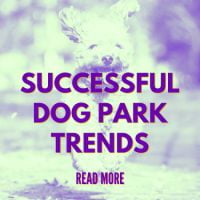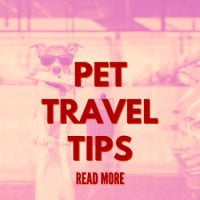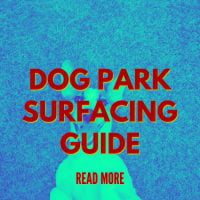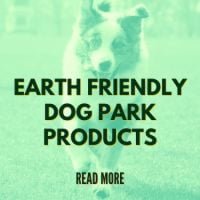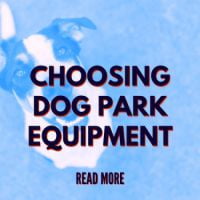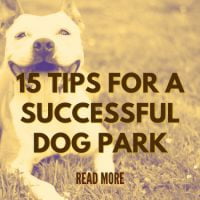Dog Agility 101
First Impressions are the Key
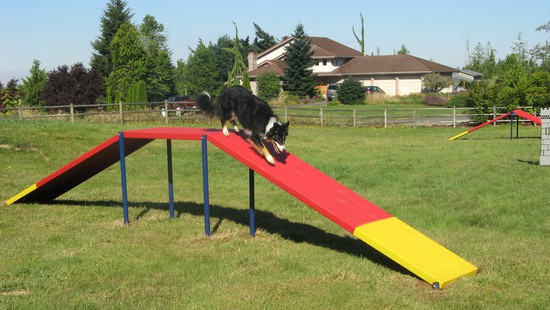
Start Slowly with Enthusiasm!
Fido’s first exposure to agility components should be extra fun and super positive! Now is not the time to worry about them perfecting their weave pole speed, or teeter totter skills, but rather a time for them to become acquainted with the idea of engaging with the components. Let your dog’s curiosity lead the way during the introduction; they will probably sniff the heck out of it, and possibly pee on it, which is a part of the “getting to know each other” process. If they interact with the agility components on their own (like walking though a Bow Wow Barrel without a prompt), give positive reinforcement through praise, pets, and treats. If your dog seems hesitant about the agility components, don’t rush them – rather praise and treat them when they go near the equipment. You want to encourage your dog to view these components as fun and that they are rewarded by engaging with them.
Next Steps
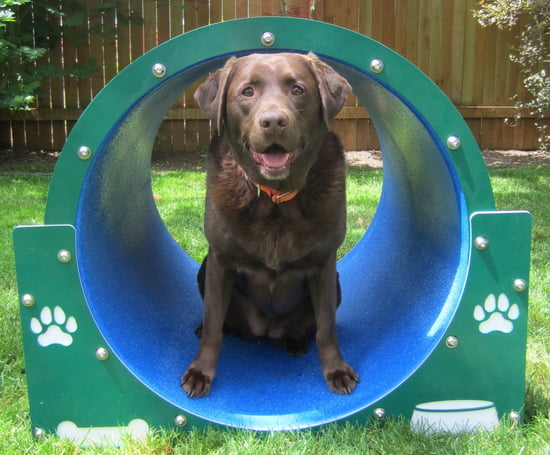 Once your dog feels comfortable with agility components, its time to get moving! Trying out agility components may or may not happen on your dog’s first exposure; you be the judge of whether they’re ready or not. Depending on where you are (a dog park with agility components, your own backyard, or a dog agility facility), you’ll have to gauge potential distractions. Try to avoid a busy time of day when other dogs may distract your pup from using the agility pieces.
Once your dog feels comfortable with agility components, its time to get moving! Trying out agility components may or may not happen on your dog’s first exposure; you be the judge of whether they’re ready or not. Depending on where you are (a dog park with agility components, your own backyard, or a dog agility facility), you’ll have to gauge potential distractions. Try to avoid a busy time of day when other dogs may distract your pup from using the agility pieces.
Let’s break it down:
- Start with simple components, like a step up table or a single wall jump.
- Use your dog's biggest motivator (treats, a toy, a tennis ball, verbal and physical praise, etc) to entice them through, over, under, or around the agility component.
- The first time around, you may want to leash your dog to help guide them (for example, if they were going to walk over a ramp or an A frame. This will help your dog understand what they’re supposed to do, though you won’t need the leash for long. You may also guide them through the obstacle with treats or a toy.
- Once they’ve completed an agility event, praise and treat them like they are the best dog on earth (which they are)! Try each agility component for several minutes before moving on to the next. Be sure to take play breaks so their concentration doesn’t get overloaded. Learning new things is better when it’s fun!
Repeat Customer
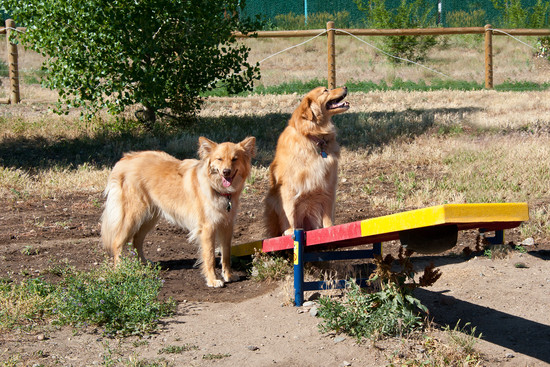 Once your dog has a firm understanding of agility components, how can you help keep them interested and wanting to use them regularly? Depending on your dogs’ level of skill and interest, there are many ways to get keep them involved in agility. Got a naturally gifted canine athlete? Join one of the many agility clubs across the country like USDAA, NADAC, or AKHA! These are serious and competitive organizations that can take a good agility athlete to the level of competitions. If you love how agility improves your dog’s behavior and crazy energy, but his skills need some improvement, find a local agility class. These are wonderful environments that will allow your dog to hone his skills, have fun and make new friends! Just think of how your pup will impress everyone at the dog park after a few classes! If you have a dog that isn’t at the level of classes or competition, keep going to the dog park and encouraging them to use the agility components. They may just surprise you with how fast they learn and progress!
Once your dog has a firm understanding of agility components, how can you help keep them interested and wanting to use them regularly? Depending on your dogs’ level of skill and interest, there are many ways to get keep them involved in agility. Got a naturally gifted canine athlete? Join one of the many agility clubs across the country like USDAA, NADAC, or AKHA! These are serious and competitive organizations that can take a good agility athlete to the level of competitions. If you love how agility improves your dog’s behavior and crazy energy, but his skills need some improvement, find a local agility class. These are wonderful environments that will allow your dog to hone his skills, have fun and make new friends! Just think of how your pup will impress everyone at the dog park after a few classes! If you have a dog that isn’t at the level of classes or competition, keep going to the dog park and encouraging them to use the agility components. They may just surprise you with how fast they learn and progress!
For more information on agility components, check out our tips for choosing dog park equipment.
Dog Agility Equipment
More Dog Park Information
Want more tips and helpful information about dog park design and planning? Check out some of our helpful resources below.
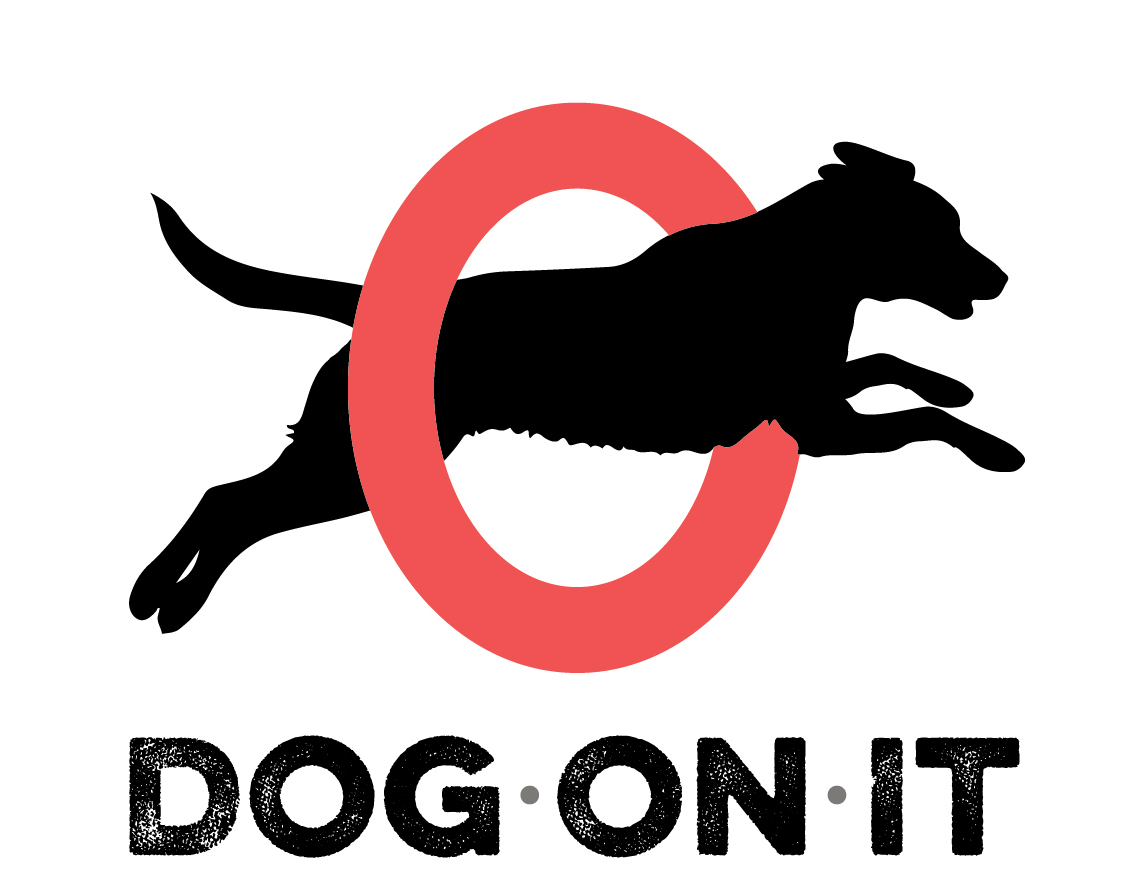 Est 2009: Your Dog Park Experts!
Est 2009: Your Dog Park Experts!


